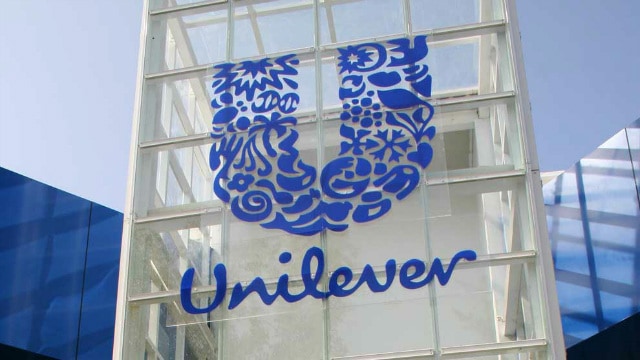Chemicals manufacturer Croda International (LSE: CRDA) has endured a torrid time as we reach the halfway point of Q4, the stock losing 11% of its value since the start of October.
A surge to fresh record peaks around £36.70 per share during mid-October prompted a sizeable sell-off in the following weeks. But I reckon this represents nothing more than heavy profit booking rather than a deterioration in Croda’s earnings outlook.
Indeed, the firm confirmed in this month’s market update that trading remains in line with expectations. The company saw sales surge 20.1% during July-September, to £315.3m, although Croda had sterling weakness to thank in large part for this — revenues at constant currencies grew by a more modest 2.5% in the period.
So while Croda still faces subdued demand in many of its markets, a strong product mix and commitment to innovation is paying off handsomely. ‘New and Protected Products’ now account for 27.6% of group sales, up from 26.4% a year ago.
Against this backcloth, the City expects Croda to report earnings growth of 13% in 2016, and another 8% rise is forecast for next year.
It still could be argued that Croda remains expensive despite recent share price weakness however, with P/E ratings of 20.4 times and 18.9 times for 2016 and 2017 respectively, topping the FTSE 100 average of 15 times. And dividend yields of 2.4% and 2.6% for this year and next fall short of the blue-chip forward mean of 3.5%.
These readings may hinder the firm’s appeal for value hunters, and consequently Croda’s ability to charge higher.
Regardless, I reckon the chemicals giant’s broad international presence — more than 90% of total sales are sourced from outside the UK — combined with the broad usage of its products gives a solid base for revenues to keep heading higher. And I reckon this demands a premium rating.
Manufacturing marvel
Household goods play Unilever (LSE: ULVR) is another London stock with a sizeable global footprint. But like Croda International, this hasn’t stopped the firm’s share price clattering lower in recent weeks, the stock shedding 13% in the quarter to date.
Investors are becoming fearful over Unilever’s ability to pass on increased currency-related costs to its clients, with supermarket giant Tesco responding vey publicly to touted price hikes across labels like Marmite and Ben & Jerry’s by refusing to sell the manufacturer’s goods online.
But stock pickers shouldn’t read too much into this single episode, in my opinion.
Indeed, Morrisons agreed to hike prices of some of Unilever’s products by as much as 12.5% in October, underlining the formidable popularity of the manufacturer’s brands. And this quality should keep revenues heading higher irrespective of deteriorating economic conditions at home and abroad.
As such, the number crunchers expect earnings at the London to head 8% higher in 2016, and an extra 10% increase is forecast for next year.
These figures leave Unilever dealing on slightly-heady P/E ratios of 19.7 times and 17.9 times for these years, although dividend yields of 3.4% and 3.6% take some of the sting off.
Regardless of any near-term share price movement, I reckon Unilever is one of the best buy-and-forget stocks out there.
